8 Devices for Monitoring Seizures in Children
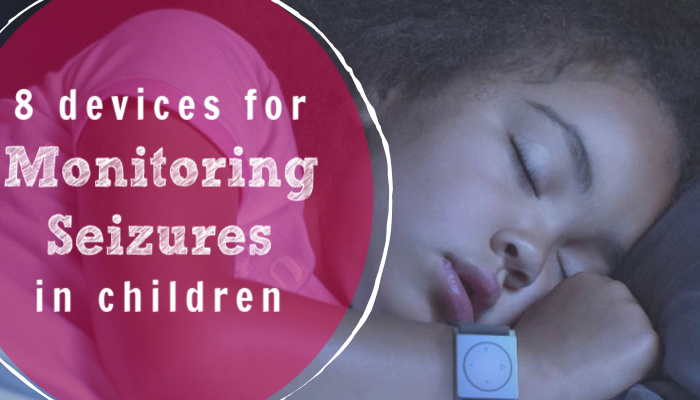
This post may contain affiliate links; please see our terms of use for details.
The worst thing about seizures is feeling like you have to be on high alert 24 hours a day. When can you rest? When can you let your guard down?

While there are a lot of different seizure monitors on the market these days, most are based on movement. In other words, if the seizures you are trying to detect involve active, fast, shaking movements (as you would see in a classic tonic clonic or grand mal seizure), these monitors should alert you. However, as anyone familiar with epilepsy can attest, there are way more types of seizures than just the ones that result in shaking, and many can still be dangerous.
After searching through different types of seizure monitors and reading comments and reviews in multiple epilepsy forums while doing research for my own family, I’ve collected the most often recommended monitors below, including a few options that monitor more than just movement. Visit the sites, read their reviews and see if any might work for you!
Movement Monitors
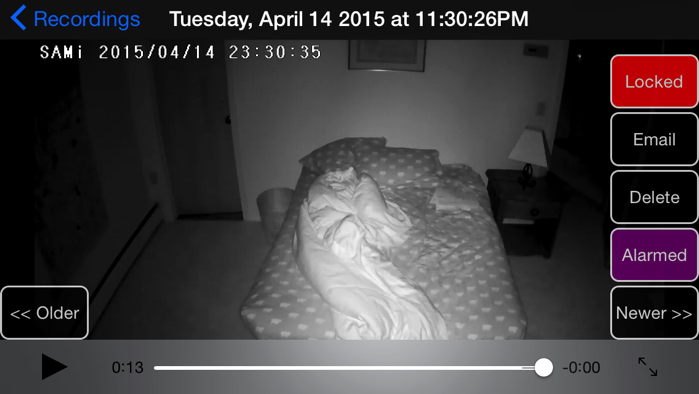
1. SAMi
SAMi uses a video camera that sends its feed directly to an app on an iOS device (iPhone, iPad or iPod Touch). SAMi is designed to be fully adjustable, so you can set it to ignore normal nighttime movements (such as rolling over), but have it trigger an alarm and automatically begin recording (both video and audio) when it detects what you consider unusual movements. You can make the monitor as sensitive as you need.
The nice thing about the SAMi is that it’s all managed within an app where you can stream live video, rewatch recordings, browse through a recordings log, or even email recordings straight from the app. The downside is that it is only iOS-compatible and requires an internet connection to pair through WiFi. If you don’t have an iOS device, you can purchase one with your SAMi camera (the plus here is that the app will already be loaded and ready out of the box). The company also offers a router kit that bypasses the need for reliable WiFi at home and also makes the SAMi portable. Purchasing the camera with the iPad and router is pricey, but there are organizations that can help with the cost, like Danny Did Foundation and Chelsea Hutchison Foundation.
If you want to learn more about the SAMi monitor and see videos of the monitor in action, you can read our full review here.
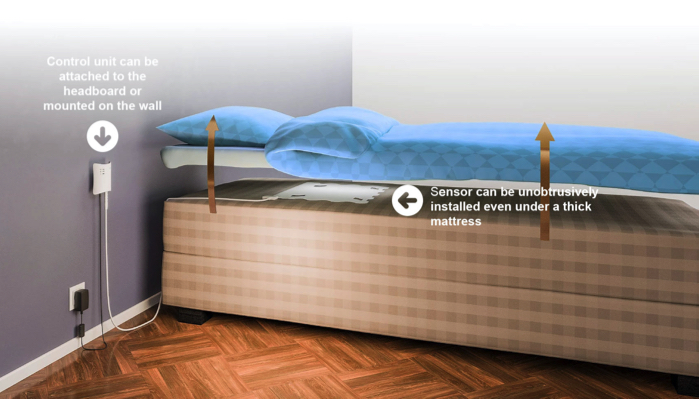
2. Emfit MM Seizure Monitor
The Emfit MM works differently than the SAMi. With the Emfit, you place a monitor pad under the mattress and an alarm system is connected to the wall. The pad is designed to pick up abnormal muscle movements that last for a certain preset amount of time. For example, you could set the monitor to respond to any continuous, fast movement lasting 10 seconds or longer. The alarm will sound by the bedside, alerting a caregiver to come to the room.
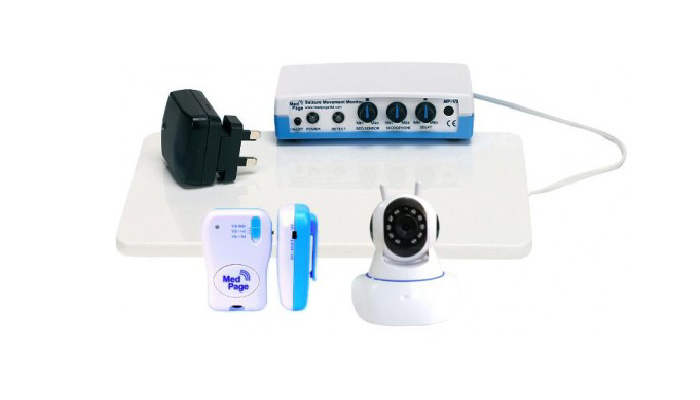
3. MP5v2 Bed Movement Monitor for Seizures
The Medpage MP5v2 Bed Movement Monitor is very similar to the Emfit. It comes with a pad that is placed under the mattress that will sense unusual twitching or muscle spasms. The difference with this system is that it sends alert signals to two pagers that come with the device. It also includes a 12 hour battery backup in case of power outages.
Wearable Seizure Detectors
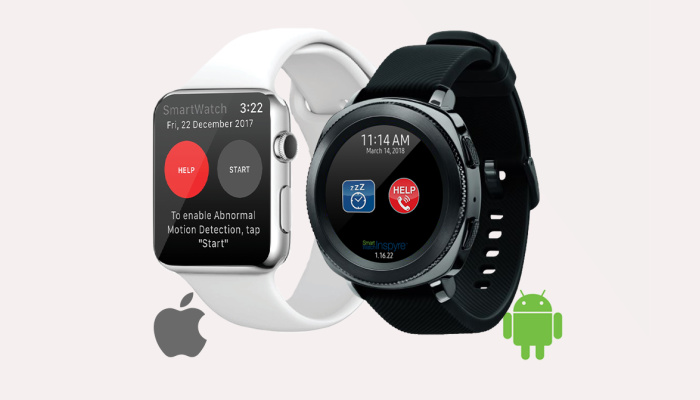
4. Inspyre by SmartMonitor
Another option for a movement monitor is something that is wearable. Obviously the pluses with a watch is that movement is detected even when you’re not in bed or within view of a video monitor. Inspyre by SmartMonitor is an app that works seamlessly with both iOS and Android smartwatches. The app detects unusual movements, records activity, sends alerts to loved ones to let them know a seizure is occurring and even allows for GPS location services. The app also has a help button that the wearer can press when they need help.
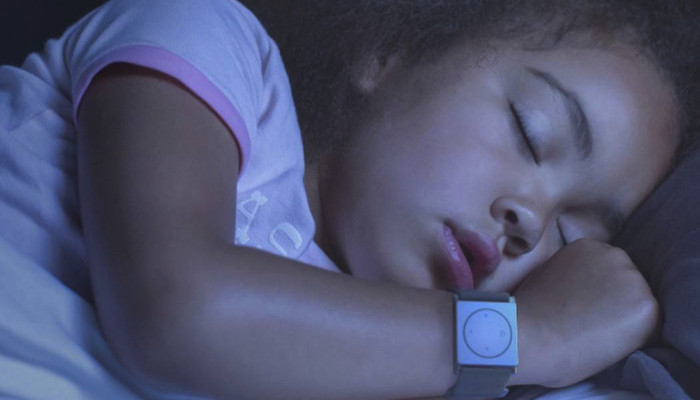
5. Embrace2
Similar to Inspyre, the Embrace2 watch from Empatica detects movements and sends alerts to loved ones through their Alert app. What’s different about Embrace2 is that it also records temperature and electrodermal activity, which is a way to monitor the nervous system and pick up cues about other stressors in the body. In other words, Embrace2 attempts to monitor more than just movement and send alerts when the body is stressed due to a seizure. Another big difference is that Embrace2 is an FDA approved seizure monitor which means you can have your doctor write a prescription for the device and have it covered through insurance.
Breathing or Heart Rate Monitors
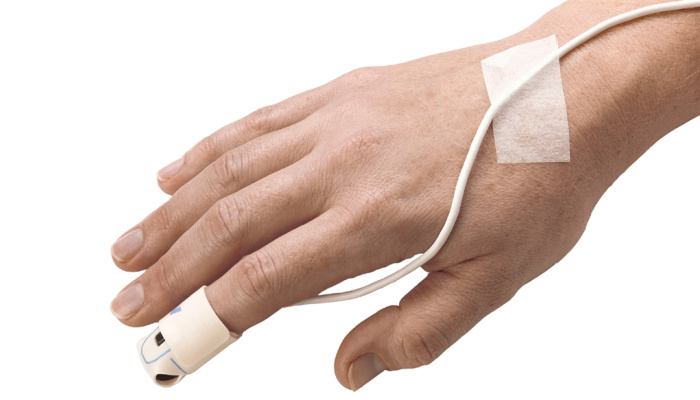
6. Pulse Oximeter
A pulse oximeter measures blood oxygen saturation in the body. If you’ve ever been in the hospital (and if you’re reading about epilepsy monitors then I’m going to assume you have!) then you’ve probably seen the little tape they wrap around your finger or toe to monitor the amount of oxygen in the blood. You can ask your doctor to order one of these to go home with you and you can most likely get the monitor and wires covered by insurance. The machine will alert you when O2 levels in the blood drop, which is common in some forms of seizures. However, the big drawback of these machines is that they are not wireless and many people with seizures just can’t tolerate having the monitor on them for extended periods of time. The alarm that alerts to low O2 is also really loud!
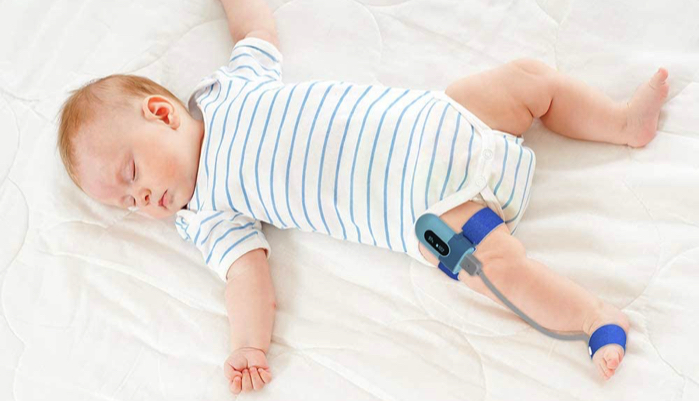
7. Baby Breathing Monitors
There are also baby monitors that are designed to respond when breathing stops or slows. These may come in mats that are placed under the mattress, buttons that are attached to clothing or even wearable devices. Since these are intended for babies, they may not be the best fit for older children or adults, but they are an option.
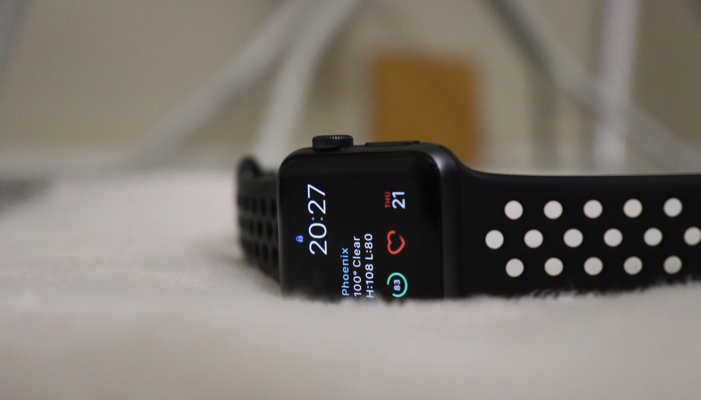
8. Heart Rate Monitors
There are also many options for heart rate monitors on the market as well. If you know heart rate changes during the seizures you are monitoring, these may be a good option. As with the pulse oximeter you can ask your doctor to go through insurance to get you a monitor, or you could look into something as simple as a FitBit or other exercise watch that also includes heart rate functionality.
Looking for more options? You could also visit Epilepsy Alarms, a UK site with links to more seizure alarm options.
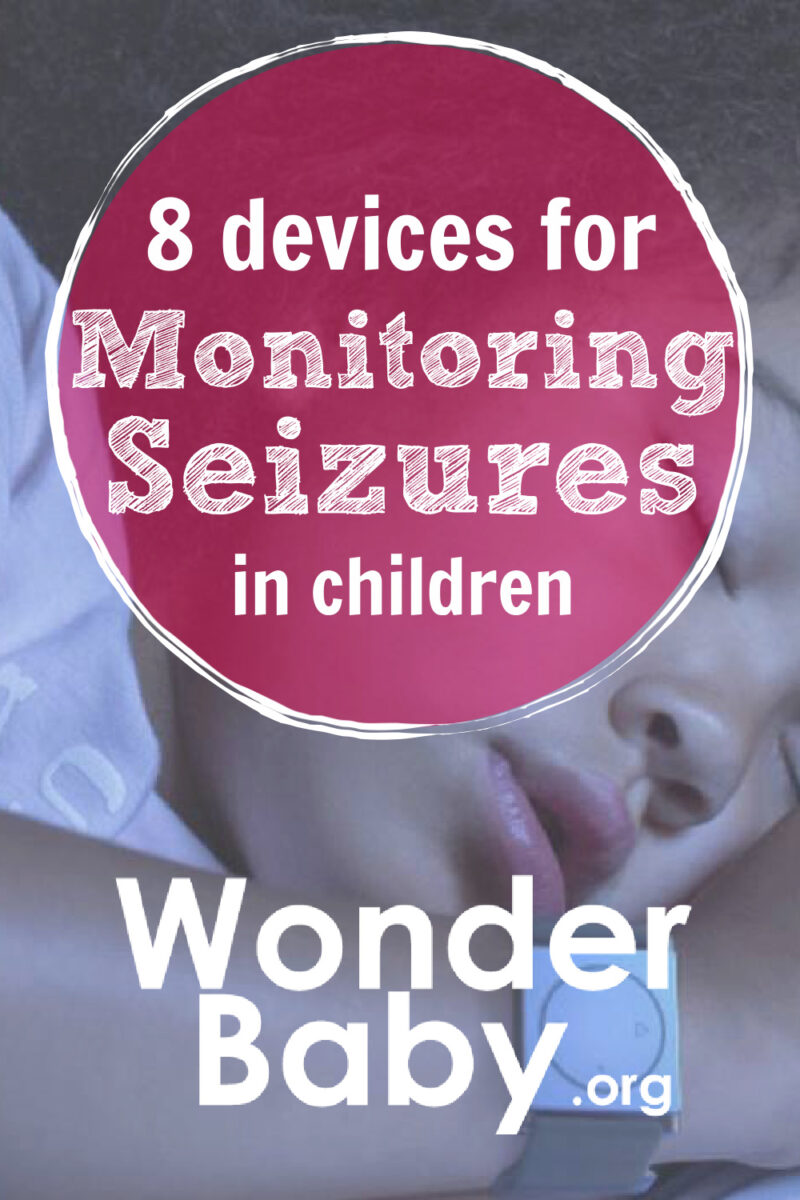
The information WonderBaby provides is not intended to be, and does not constitute, medical or other health advice or diagnosis and should not be used as such. Always consult with a qualified medical professional about your specific circumstances.
Related Posts

Eye Conditions and Syndromes, Visual Impairment
Neuralink Announces Plans to Restore Sight to the Blind with Brain Chip
Elon Musk’s company Neuralink has announced plans to begin human trials of its new “Blindsight” brain chip by the end of 2025.
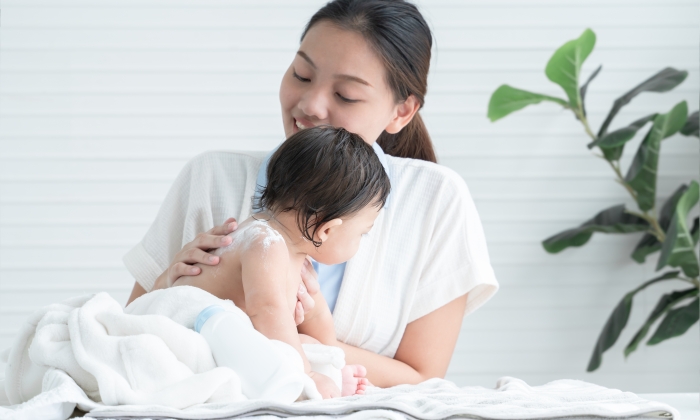
Health & Nutrition
Can Baby Skin Care Products Expire?
Is that forgotten tube of diaper rash cream still safe to use? Learn more about the expiration dates of popular skin care products for infants.

Health & Nutrition
Boosting Immunity in Kids: 3 Tips for a Healthy Winter
Parents can help boost their kids’ immunity during cold and flu season by maintaining healthy eating, sleeping, and exercising habits in the winter.